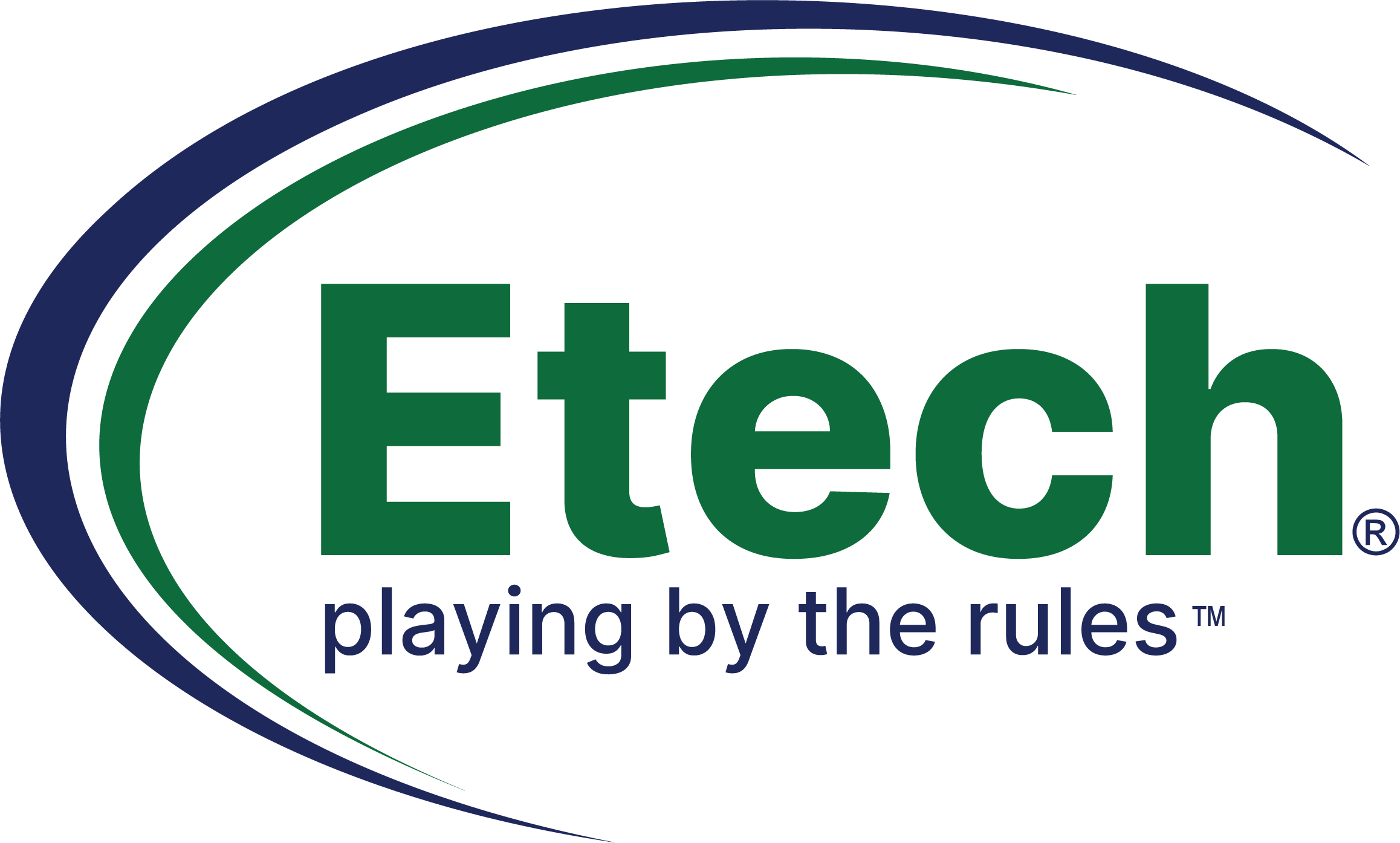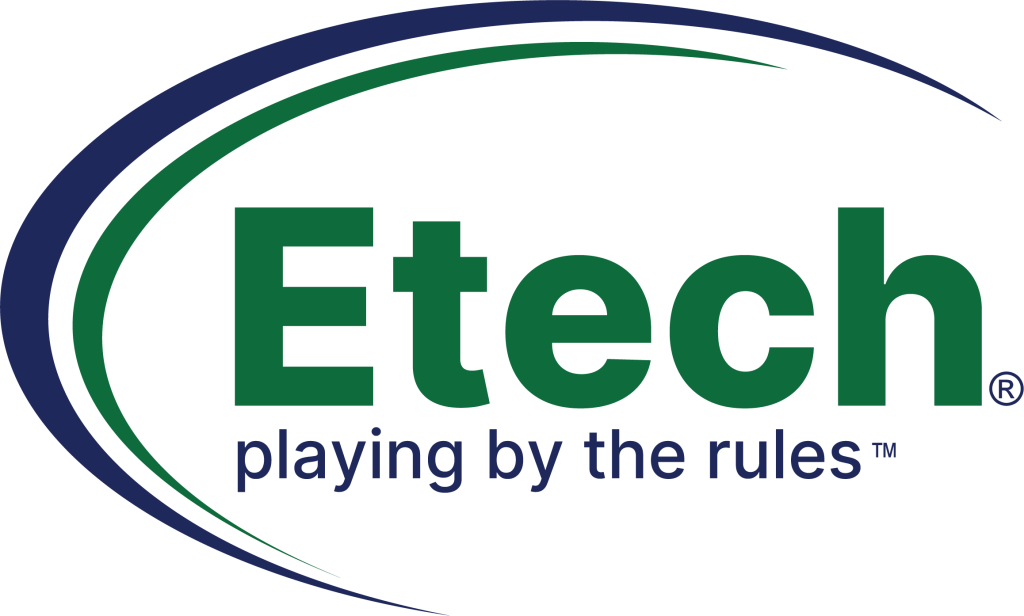Trust Me!
Confidence is king. Trainees need confidence! What changes an interaction from a minimal communication to a truly engaging, superior interaction? The answer is confidence! With confidence, we feel empowered to make choices that support our customers whether it be a sales or customer service conversation. Without it, we act unsure of the right process, we convey the idea that a solution is quite possibly unobtainable. We want to inspire our clients to be comfortable with solutions and this is done when our team is confident. During the summer I occasionally get to spend lunch with my family. We have a local park that is close to where I work that has amenities to allow our kids to play and my wife and I can sit, enjoy a meal, talk and even do some playing on the park equipment (a sight to see if you know me). We have a great time! The park has several features that my kids love including a play fort with several levels, slides, bars to hang and slide on, tires, chains, stairs, swings, and ramps. The “wooden fort” has holes in the floor with ladders to other levels and a bridge that takes you from one section to another. It has a balance beam and contraptions that allow you to slide/swing from one end to the other. Like a Spartan obstacle course, the playground can be an amazing amount of work to navigate. My children think I am up to the challenge each and every time we go. We have made some real memories there just playing. One such memory had a different lasting impression. My daughter, a very petite six-year-old and small for her age. She is often confused for being much younger. She was using one section of the park that has a fence which separates equipment that is usually used by younger, smaller children from the parts used by older, bigger children. There is a path that allows everyone the ability to travel from one section to the next. This fence is made from wood and smaller children can’t see what is happening on the other side of the fence. We can see her over the fence but if she doesn’t look up, she can’t see us. I hear her calling “Mom, Dad” and then “MOM, DAD” with that tone. That tone that alerts me to the fact that she is increasingly becoming worried, scared, and anxious. She doesn’t know where to go or how to get there. She can’t hear us calling her because fear has started to creep in further to her mind and clouds her senses. Fear starts to take over everything and her pace is quickened along the fence line while her brain is wondering which direction she should go. She is struggling to maintain her composure and her voice is betraying her confidence with the emotions hidden within starting to find the way out. We all have had times in life when we temporarily lose sight of what brings us confidence. As a trainer we see it happen with each class. The collective class will have this ebb and flow to their confidence levels that mirror the amount of new content that is being rolled out. Great building blocks are a foundational level(s) to their learning transfer, and we will build confidence within our trainees. If we don’t it will be almost as if we can see their confidence get up and leave the room. Sometimes this will happen even when we have built the right foundation as people struggle with change on many levels. Change can be a confidence killer! What can we do to bring everything back into focus and restore their confidence? We can do the following: Provide working examples or situations to work through (practice) Stop and take a moment to recap what they knew and then summarize the additions Repeat, repeat and repeat. Repetition is key for learning to occur Use the relationship that you have built with them, the role as a Subject Matter Expert (SME), coupled with a genuine desire for them to be successful to show them how much they know Be present, show them you are a support mechanism for them while demonstrating other resources Practice (yes, it is purposefully on here twice) For my daughter, her confidence was gone, and stress was gaining a grip on her reality. Then, out of nowhere, at that seeming last possible moment she sees her mom and me over the fence line and everything is okay. Life returns to normal without incident. She is just a little clingy for a minute or two before her confidence is renewed and she is off again. Her trust is in us as her parents and this trust builds her confidence. Our trainees must trust us as trainers to take them where they need to go which will build their confidence. We must use that trust to bridge the gap from learning to do the job to actively contributing to production. The examples above will help us to be trustworthy. This blog was earlier published on LinkedIn.


